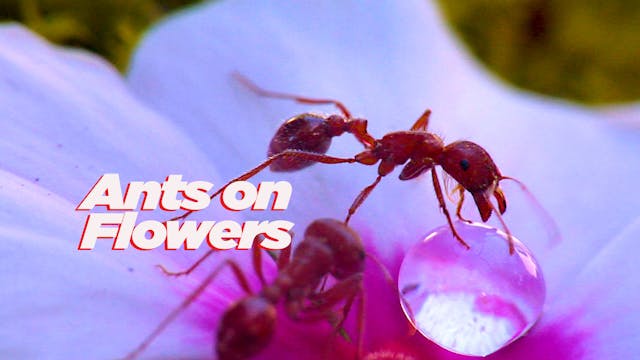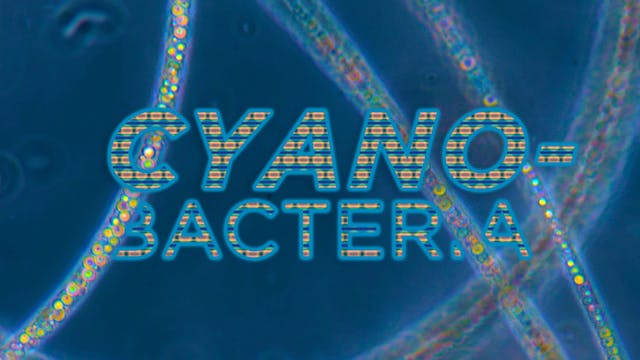Millipede Walk | narrated
Living Beings
•
10m
Millipedes have the most legs of any animal. The distinctive traveling wave in its walk is a kind of auto-pilot. Using innovative slow-motion macro video, we observe the traveling wave motion of the legs move from the back to the front of the animal's long body. The workings of the walk involve a specific network of neurons called central pattern generators (CPGs) that produce a sequence of automatic muscle movements. This rhythm repeating over time is called a metachronal rhythm. Most arthropods walk this way, but the millipede's plenitude of legs makes the pattern clearly visible. Produced by Wonder Science in collaboration with Radiant Images and IDT Vision. Music by Johnny Woods.
Up Next in Living Beings
-
Ants on Flowers
Harvester ants search a lovely variety of flowers for nectar and water. Ants are attracted to sweet foods (as well as fatty), and these are on the lookout for flower nectar, along with hydration from giant water droplets. This program was made with assistance from Les Greenberg and the University...
-
Feathers | narrated
Ornithologist Richard Prum shares his knowledge of the natural math of feather patterning. Simple feather patterns can be predicted using mathematical models called Turing reaction-diffusion equations. As a feather grows, each new cell must decide whether it will receive pigment or not, depending...
-
Cyanobacteria
Over a billion years ago, tiny jewel-like cyanobacteria oxygenated earth's atmosphere. These single-cell organisms are the reason we have air to breathe. Cyanobacteria are also believed to be the precursors responsible for photosynthesis and multicellularity as a whole. Cyanobacteria are found in...



